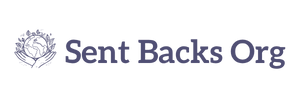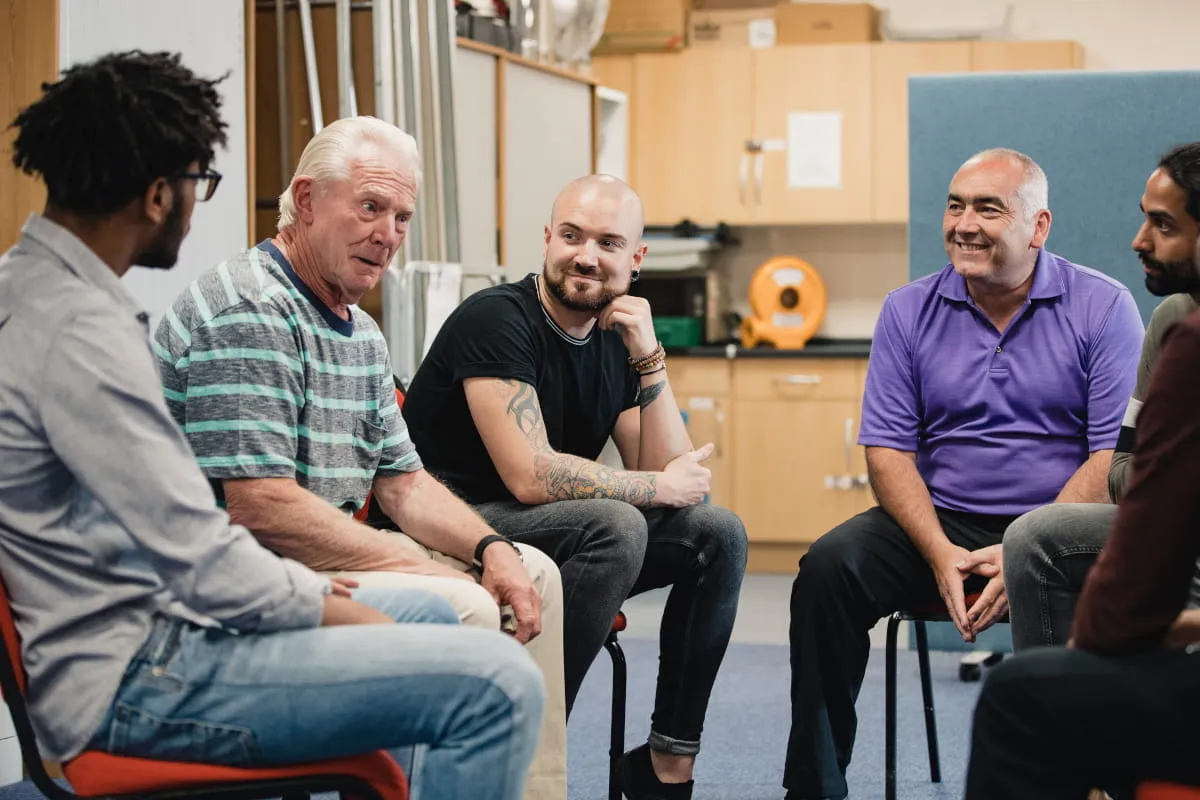Vein problems affect people worldwide. They can cause both cosmetic concerns and physical discomfort. While varicose veins and spider veins are common conditions, many people remain uncertain about available vein treatments and their associated benefits.
What Are Varicose Veins?
Varicose veins are enlarged, twisted veins that typically appear on the legs. These veins develop when blood pools in the vessels due to weakened or damaged valves. The pooled blood causes the veins to stretch and bulge, creating the characteristic rope-like appearance that many people recognize.
Several factors contribute to varicose vein development. Age plays a significant role, as vein walls and valves naturally weaken over time. Genetics also influences susceptibility, with family history serving as a strong predictor. Women experience varicose veins more frequently than men, particularly during pregnancy when hormonal changes and increased blood volume place additional pressure on veins.
Extended periods of standing or sitting can worsen the condition by reducing blood circulation. Obesity adds extra pressure on leg veins, while certain medical conditions may increase risk factors. The symptoms extend beyond appearance, often including aching, throbbing, muscle cramping, and swelling in the affected areas.
What Are Spider Veins?
Spider veins are smaller, thread-like veins that appear close to the skin’s surface. These veins typically create web-like patterns in red, blue, or purple colors. While they share some similarities with varicose veins, spider veins are generally smaller and less raised.
The development of spider veins follows similar patterns to varicose veins but with some distinct differences. Hormonal fluctuations, particularly those associated with pregnancy, menopause, or hormone replacement therapy, can trigger their formation. Sun exposure may contribute to spider vein development on the face, while prolonged standing or sitting affects leg veins.
Spider veins typically cause fewer physical symptoms than varicose veins. Most people seek treatment for cosmetic reasons, though some individuals may experience mild discomfort or burning sensations in the affected areas. The condition rarely leads to serious complications.
What Vein Treatments Are Available?
Modern medicine offers several effective vein treatments. Each approach provides specific benefits and suits different patient needs and vein characteristics. While a variety of treatment options exist, sclerotherapy and laser therapy stand out as some of the more prominent and effective methods.
Sclerotherapy
Sclerotherapy involves injecting a solution directly into the affected veins, causing them to collapse and gradually fade from view. This minimally invasive procedure works well for both spider veins and smaller varicose veins. The benefits of sclerotherapy include minimal downtime, with most patients returning to normal activities within a day or two. The procedure can be performed in a medical office setting without general anesthesia.
Laser Therapy
Laser treatments use focused light energy to heat and destroy problematic veins. Two main types exist: surface laser therapy for spider veins and endovenous laser therapy for larger varicose veins. The laser energy causes the vein walls to collapse and seal shut, redirecting blood flow to healthier veins. Benefits include precise targeting of specific veins while preserving surrounding tissue. The procedure typically causes minimal discomfort and requires no incisions.
Meet With a Professional
Vein treatments have evolved significantly, offering multiple options for addressing both cosmetic and medical concerns. Professional evaluation helps determine the most appropriate treatment approach for each person’s unique situation. A qualified healthcare provider can assess vein condition, discuss available options, and develop a personalized treatment plan.



